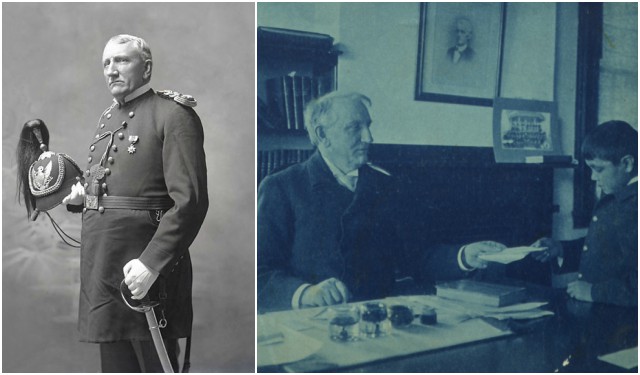While many people believe that the term racist was first coined by the Communist – specifically Trotsky, it was actually coined decades before Trotsky had used the term.
Trotsky applied the word ‘racist’ to Slavophiles who opposed Communism and the word he used in his 1930 memoir The History of the Russian Revolution was “racistov” (расистов), which translates to ‘racism.’
However, according to NPR’s Codeswitch, the Oxford English Dictionary‘s first recorded utterance of the word’ racism’ refers to a man named Richard Henry Pratt in 1902. Pratt was railing against the evils of racial segregation, claiming:
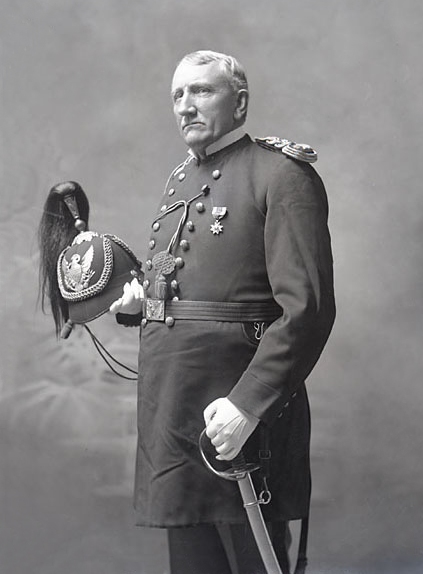
“Segregating any class or race of people apart from the rest of the people kills the progress of the segregated people or hinders their growth. Association of races and classes is necessary to destroy racism and classism.” However, Pratt is better remembered as the man who coined the phrase “kill the Indian …save the man,” as a reference to the efforts to educate Native Americans.
“A great general has said that the only good Indian is a dead one and that high sanction of his destruction has been an enormous factor in promoting Indian massacres. In a sense, I agree with the sentiment, but only in this: that all the Indian there is the race which should be dead. Kill the Indian in a person, and save the man,” Pratt said.

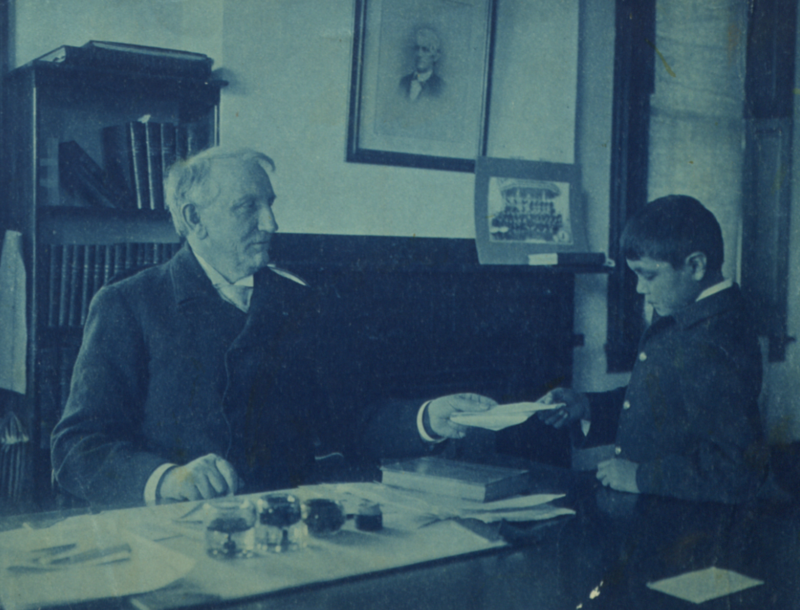
In 1879, Richard Henry Pratt opened a boarding school for Indian youth in Pennsylvania. The reason he opened the boarding school was to use education in order to uplift and assimilate the Indian youth into the mainstream of American culture.
Richard Henry Pratt was born on December 6th, 1840, at Rushford, New York, to Richard and Mary (Herrick) Pratt. His father, who left his family to take part in the California Gold Rush in 1849, was killed by another prospector and left Richard to support his mother and two brothers.
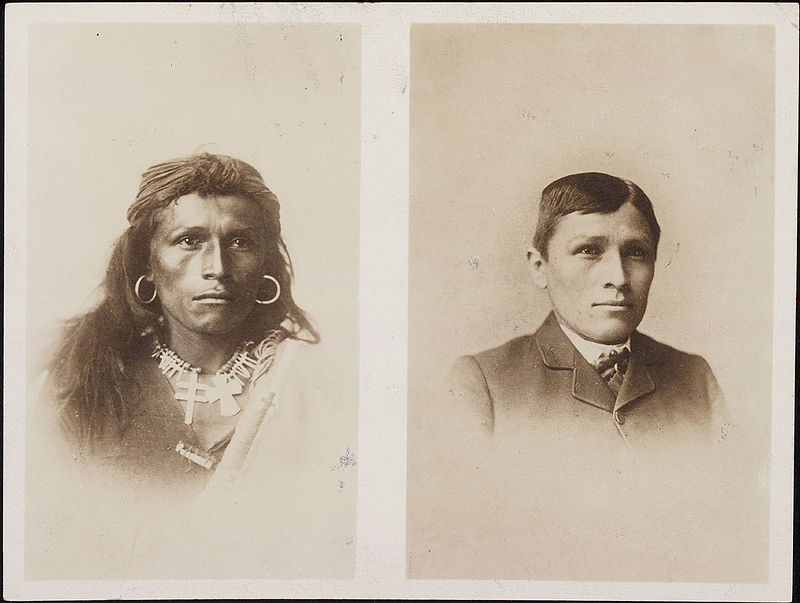
Pratt served in the Indiana Volunteer infantry and cavalry during the Civil War, and in 1867 he was assigned as an officer to the Tenth United States Cavalry, a regiment of black soldiers. He took part in several Indian Wars, and in 1875 he was ordered to supervise the incarceration of 72 Indian prisoners at Fort Marion near St. Augustine.
Around this period of his life, he began experimenting and developing his theories of education that he would later introduce at the boarding school for Indian youth in Carlisle, Pennsylvania in 1879.
In October 1879, Pratt took over the Carlisle Barracks in Cumberland County and opened the Carlisle Indian School. He served as a superintendent of the school for the next 25 years. Pratt believed that the Indians could be assimilated into the mainstream of American life through education. To achieve that goal, he required them to speak English and felt that the Indians should be isolated from their home environment in order to successfully assimilate into American society.

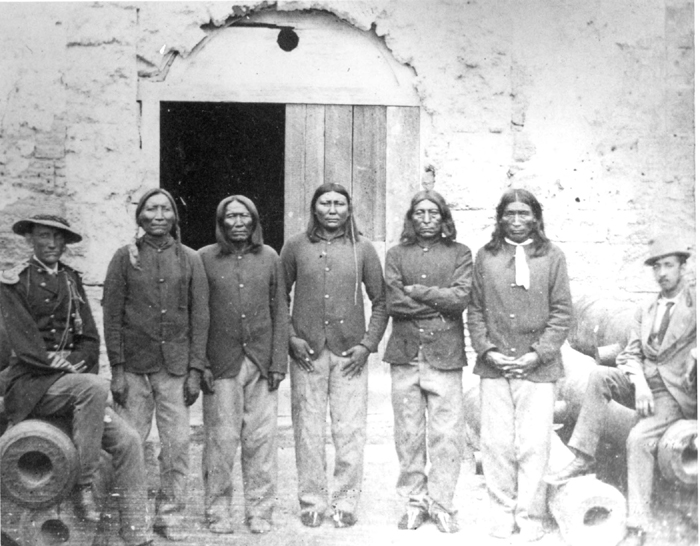
School life was modeled after military life. The long hair of the boys was cut in Euro-American style, uniforms were issued for the boys, and girls were given uniforms of American-style clothing.
As Pratt wrote in his book, Battlefield and Classroom: Four Decades with the American Indian, 1867- 1904, “I stood up and, assuming all the dignity I could, said that the Government was about to adopt a new policy with the Indians; that it believed the Indian youth capable of acquiring the same education and industries our white youth had and this would make them the equal of our youth.
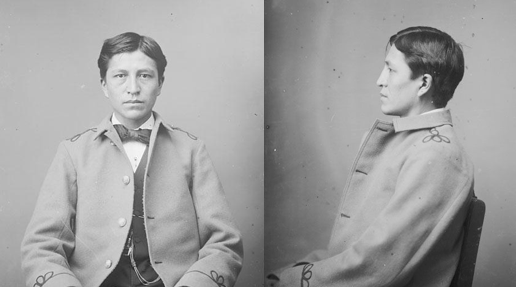
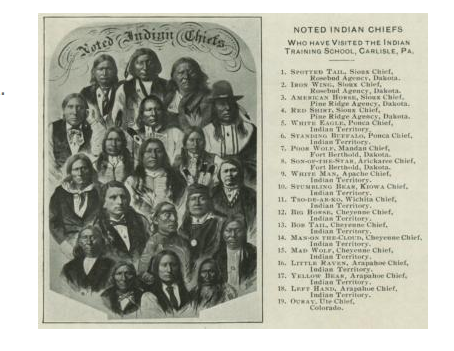
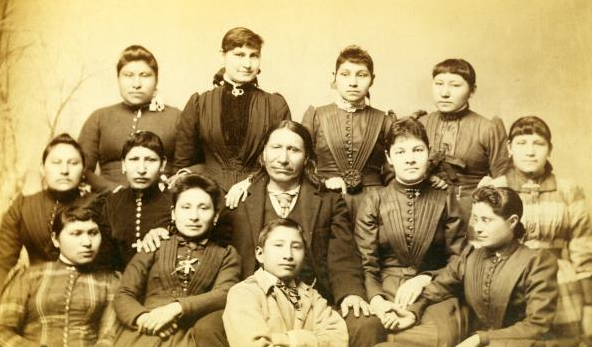
The Government has realized that by keeping them separate from us and on reservations remote from any material, the chances to learn our ways, the acquirement of our qualities was a very slow operation; and that the Government believed that if they were brought among our people, placed in good schools, and taught our language and our industries by going out among our people, in a little while their children could be made just as competent as the white children.
The purpose of establishing a school so far east was to bring them near Washington, where all the people could see the improvement and where members of Congress and the administrative officials of the Government could visit and witness their progress and ability to learn.”
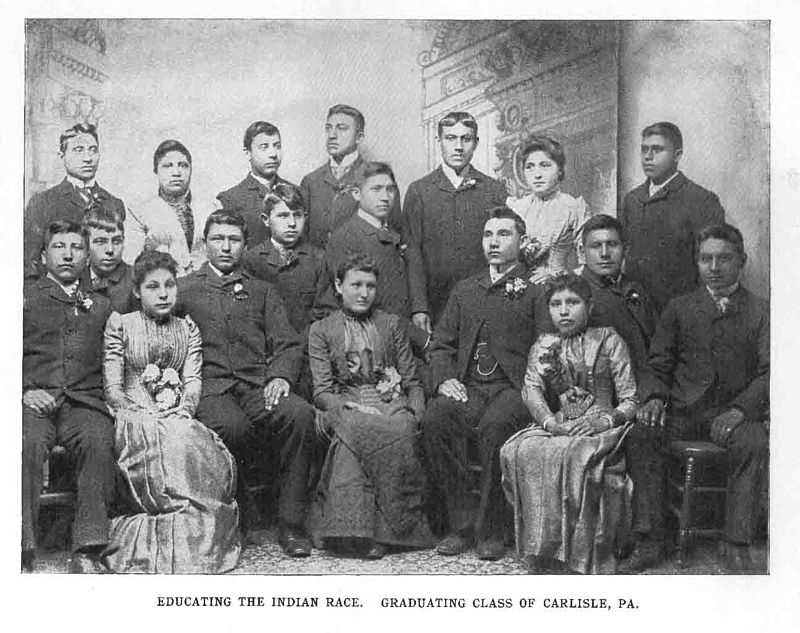
However, the Carlisle Indian School had its share of failures and successes.
While some of the children successfully made their way into society, many of them died at the school, and some of them went back to their reservations. From 1879 until 1918, over 10,000 Native American children from 140 tribes attended the Carlisle.
